No, Grids Do Not Directly Increase Contrast in Photos
![]()
One of the biggest challenges for a photographer learning how to light with an off-camera flash isn’t necessarily the type of lights they have but rather learning how to control it.
A grid is typically a series of “honeycomb” shaped tubes or fabric that sits on the light/modifier and helps restrict the light spread from your flash to a more focused area. Some resources may tell you that a common reason to use grids is to help increase the contrast of your image, but do grids actually increase contrast? Yes and no. It’s something of a misconception, and the answer is: it depends.
![]()
Every light source has a certain amount of light spread associated with it. The easiest way to determine what that spread will be is to put the modeling lamp on and shine it against a plain wall and look for the point where you no longer see the bright part of the light source.
What Do Grids Do?
When you add a grid, you will reduce the light spread of a particular modifier, which can be helpful in controlling spills on backgrounds, especially when working in a small studio.
Another reason to use a grid on light modifiers is to be able to direct light to a particular part of an image to highlight a specific detail and create additional intrigue or drama. When used on hard reflectors, grids can even create spotlight effects as long as the grid is in a perfect condition and position to do that.
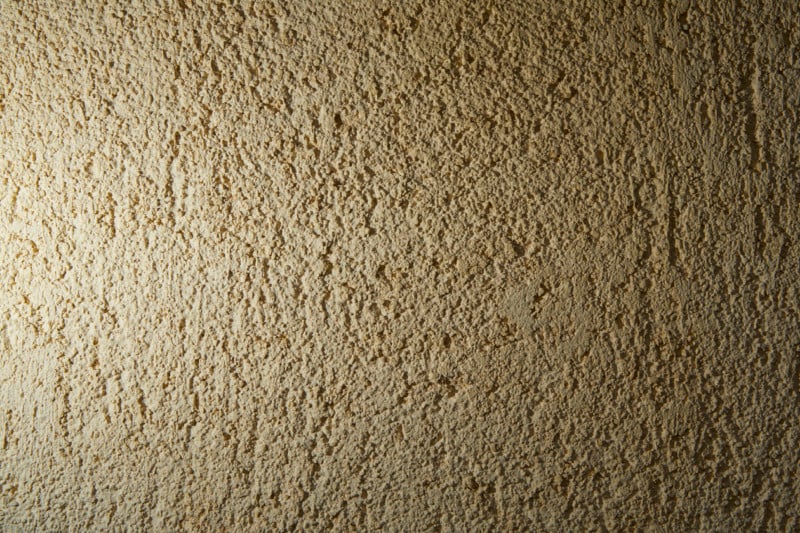
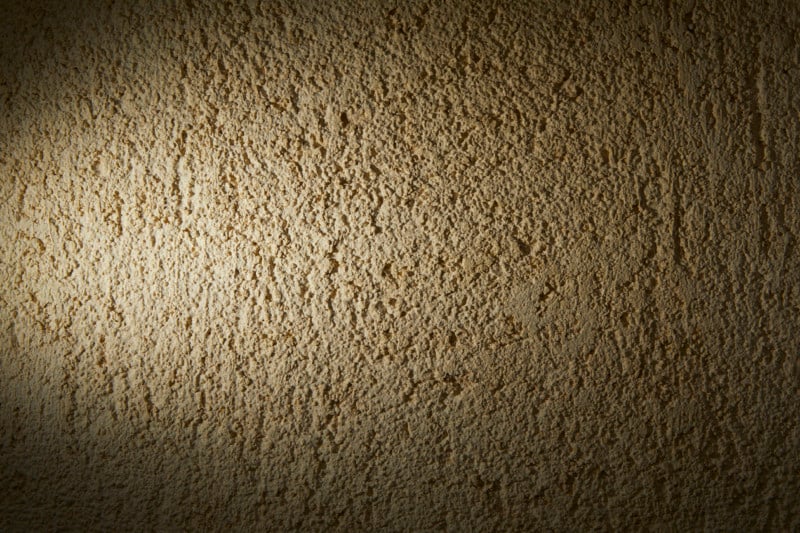
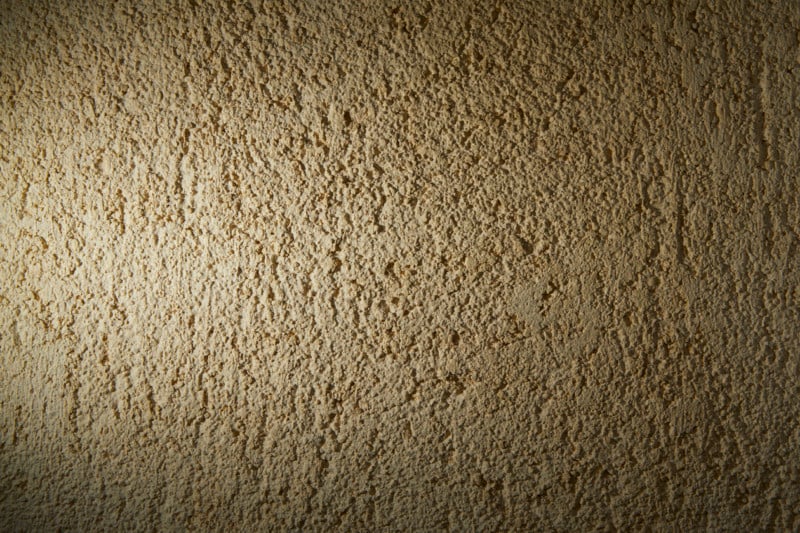
Because grids are black, they will consume some of the power from the light source, sometimes eating up as much as ¼ to ½ of a stop of light.
If you want to see how grids work using the light spread method I outlined, just walk around the modifier with and without a grid. You will quickly see that you need to walk less to lose sight of the direct light.
What Do Grids NOT Do?
As I mentioned above, grids simply reduce the light spread. That is it. They don’t actually increase contrast at all. A reduced light spread can sometimes create a “harder” light on the subject, but this is just the width of the shadow’s edge and nothing more.
That being said, this isn’t always the case. A small light source will become noticeably hard if used with a 5-degree grid, while a large light source can become harder with a 50-degree one. What this means is that the size of the light source also affects how hard the light is.
![]()
Confusion About Contrast
Contrast, by definition, is the degree of difference between the lightest and darkest parts of an image, or the measure of exposure difference between the brightest highlight and darkest shadow. This is influenced by factors such as: subject to light distance, the amount of bounced light, the presence of fill, and the shape of the subject.
From a previous article, we know that there are two types of shadows: self-shadows and thrown shadows. You can control self shadows brightness by introducing fill or bounced light, or by turning the subject towards or away from the camera. Thrown shadows can also be controlled by fill light, bounce light, or by moving the subject away or towards the surface on which the shadow is cast.
As a reminder, in no part of this discussion do we mention light spread caused by a light source. This is because contrast has nothing to do with light spread.
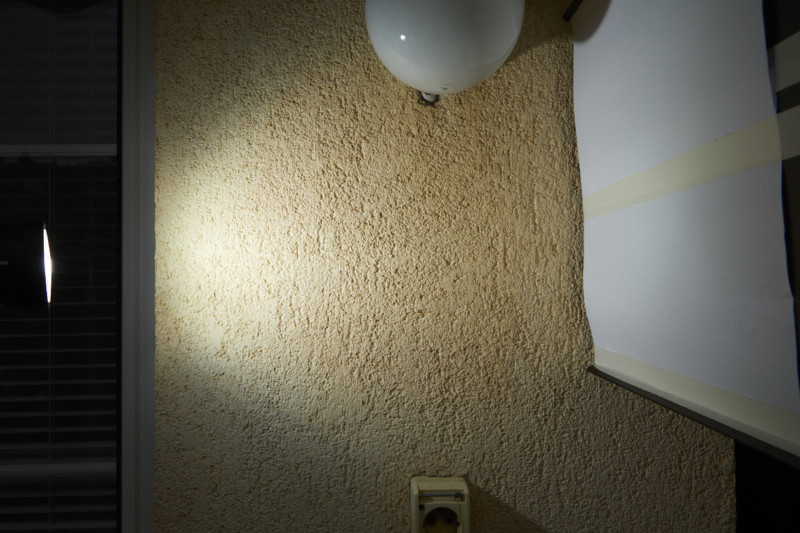
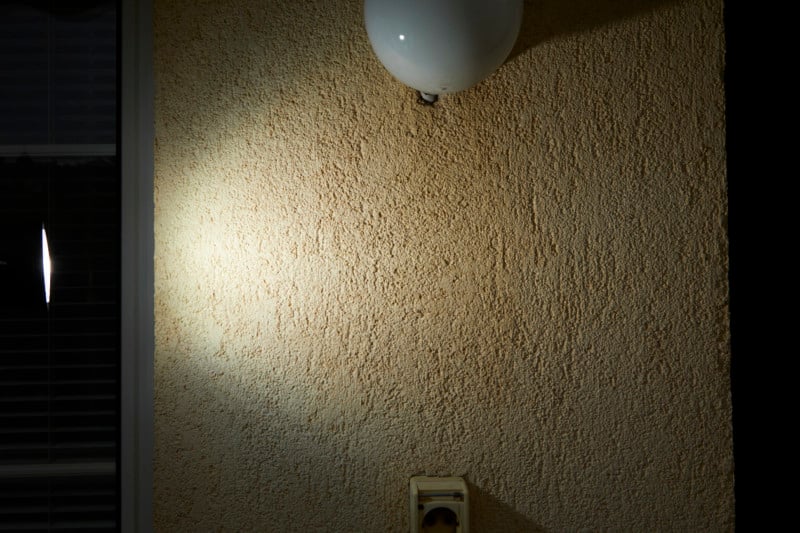
The confusion about grids and contrast stems from the majority of photographers that work in small studios with white walls (I’m also one of them). As I said already, contrast can be influenced by the amount of light bounced from various surfaces. So, a modifier with a large light spread will affect more surfaces, thus creating more bounce from them. When you add a grid, that bounce is reduced or eliminated, thereby increasing contrast.
If the goal is to increase contrast, you can add negative fill (by using black flags and V-flats, for example) around the subject and that will do the job equally well.
In other words, if you are lighting a subject in a scenario in which there is minimal or no bounced light anyway, adding a grid will not help to increase contrast.
Closing Thoughts
Is there anything wrong with thinking that grids increase contrast? Not necessarily. They do increase contrast but because of a reason unassociated with it. In a situation where you have a lot of space and don’t really have any light bounce, adding a grid will not really increase the contrast or provide any satisfactory results. However, in a small studio setting with more reflective surfaces, adding grids to increase the contrast will.
I think it is best to appreciate what grids actually do, in order to use them properly later on. That said, I also use grids if I don’t have any flags or negative fill to increase the contrast in small studios. They work well in that scenario.